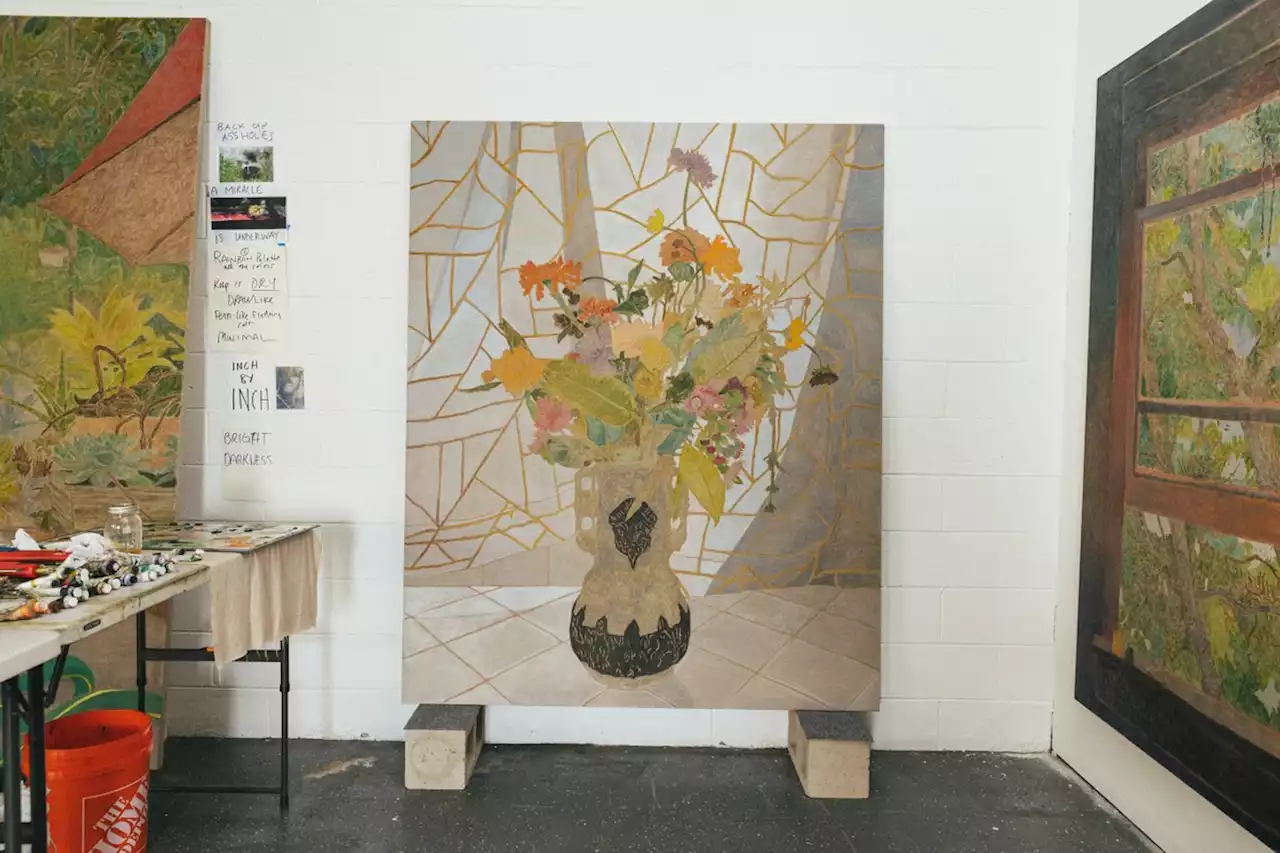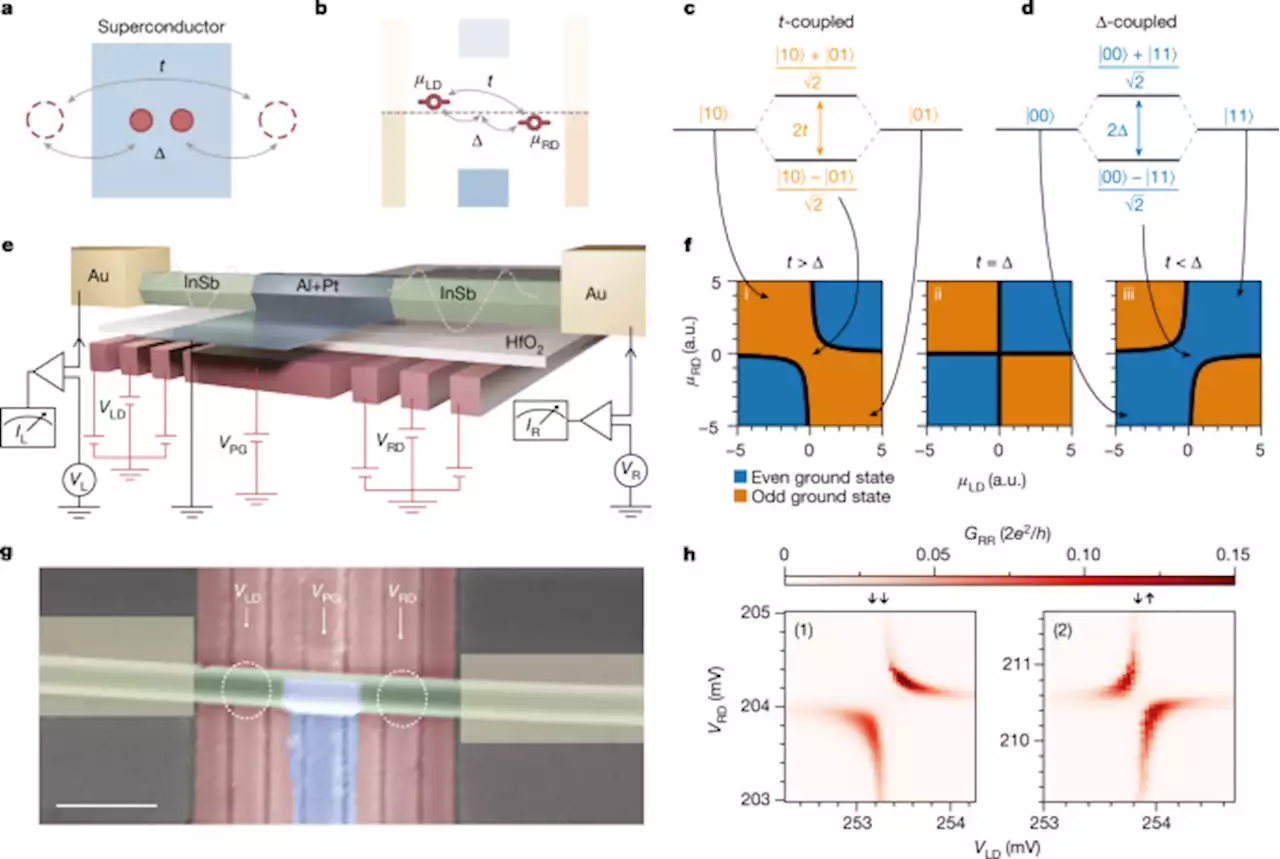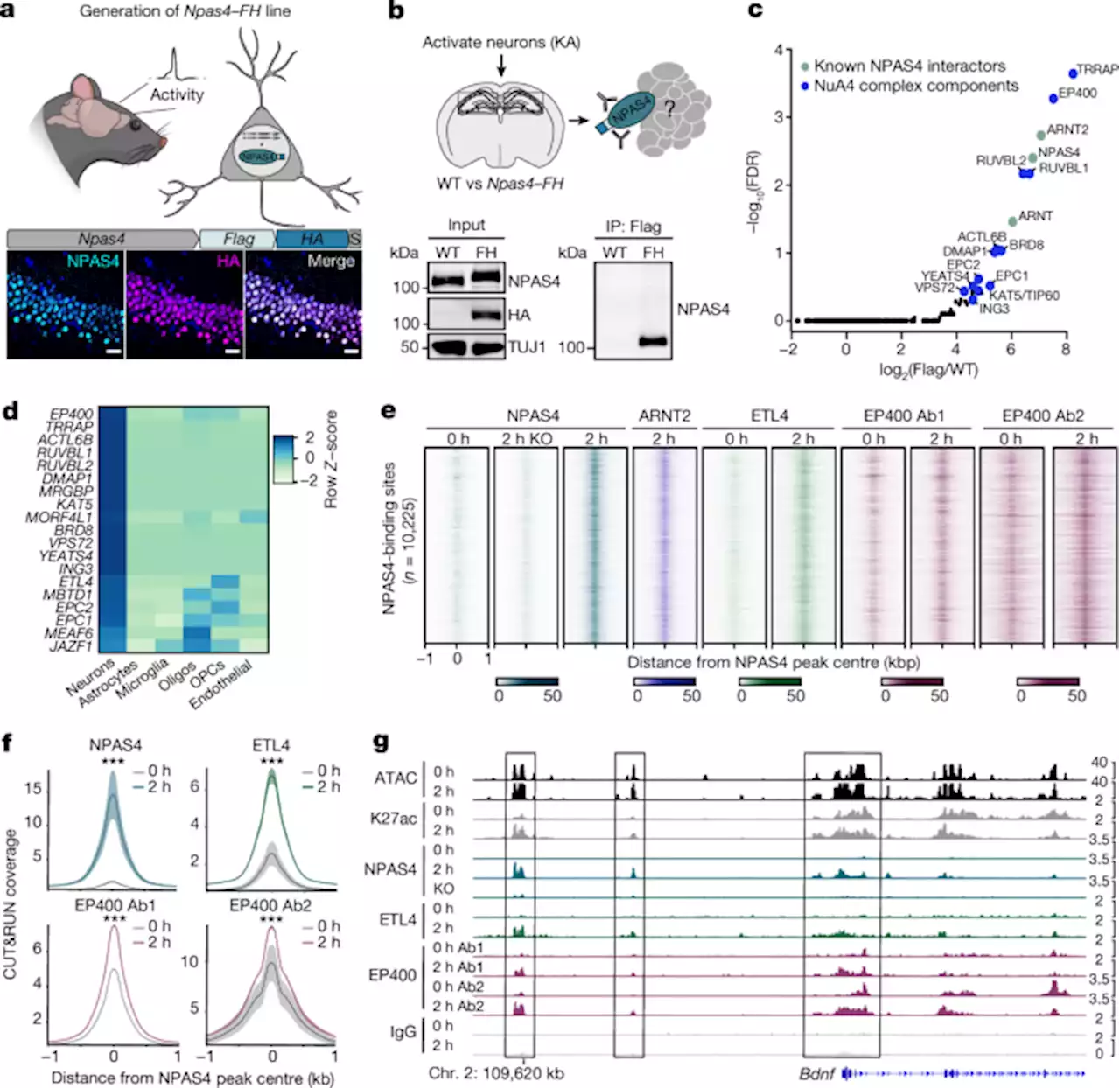Nature research paper: A NPAS4–NuA4 complex couples synaptic activity to DNA repair
Nuclear isolation, fixation and adapter ligation
sBLISS-seq was carried out on cultured neuronal nuclei or on nuclei isolated from hippocampal tissue according to a previously described protocol. Replicates consisted of individual mice for the wild-type time course. For the Cre and ΔCre datasets, a replicate consisted of one infected hemisphere from one mouse. Samples were paired such that 2 h KA_CRE1 and 2 h KA_ΔCre1 came from the same mouse.
To process hippocampal tissue for sBLISS-seq, hippocampi were placed in 1 ml of buffer HB and dounced 5× with a loose pestle and 10× with a tight pestle. IGEPAL CA-630 was added before douncing with a tight pestle 5–8 more times and filtering through a 40-µm strainer. To preserve DNA breaks for the remainder of the protocol, nuclei were fixed with 2% PFA followed by quenching with 125 mM glycine. Fixed nuclei were gently pelleted by centrifuging at 500.
Note that the wild-type time course samples were performed in two batches with stimulation time points split across these two batches. We did observe a batch effect from processing the samples, which was computationally removed . The batch for the associated samples is listed in Supplementary Table. Note also that the wild-type time course samples included a 2% spike-in of human HEK293T cells expressing a guide-RNA-induced cut site.
To isolate nuclei from cultured neurons plated in 6-well dishes for Cas9 control experiments, neurons were washed with ice-cold PBS to remove debris and 1 ml of HB, and 32 µl of 5% IGEPAL CA-630 was added to each well. Cells were incubated for 10 min in HB with gentle rotation at 4 °C before removal by gentle scraping and transfer to Eppendorf tubes. Nuclei from cultured neurons were fixed with 2% PFA followed by quenching with 125 mM glycine and gently pelleted by centrifuging at 500.
United States Latest News, United States Headlines
Similar News:You can also read news stories similar to this one that we have collected from other news sources.
 Coupling nitrate capture with ammonia production through bifunctional redox-electrodes - Nature CommunicationsCoupling nitrate capture with conversion to ammonium is attractive because it combines pollutant remediation and chemical production. Here, the authors design a bifunctional redox-electrode to achieve the reactive separation of nitrate to ammonium in a single electrochemical cell.
Coupling nitrate capture with ammonia production through bifunctional redox-electrodes - Nature CommunicationsCoupling nitrate capture with conversion to ammonium is attractive because it combines pollutant remediation and chemical production. Here, the authors design a bifunctional redox-electrode to achieve the reactive separation of nitrate to ammonium in a single electrochemical cell.
Read more »
 New and emerging approaches to treat psychiatric disorders - Nature MedicineNew Review: Katherine Scangos & colleagues provide a timely overview of new and emerging approaches to treating psychiatric disorders. precisionpsychiatry mentalhealth neuroscience UCSFPsychiatry Stanford_PMHW EmoryMedicine
New and emerging approaches to treat psychiatric disorders - Nature MedicineNew Review: Katherine Scangos & colleagues provide a timely overview of new and emerging approaches to treating psychiatric disorders. precisionpsychiatry mentalhealth neuroscience UCSFPsychiatry Stanford_PMHW EmoryMedicine
Read more »
 DNA testing firm settles data breach case, Pa. attorney general saysThe 2021 breach affected more than 45,000 people in Pennsylvania and Ohio who were subject to genetic testing between 2004 and 2012.
DNA testing firm settles data breach case, Pa. attorney general saysThe 2021 breach affected more than 45,000 people in Pennsylvania and Ohio who were subject to genetic testing between 2004 and 2012.
Read more »
 Hayley Barker's Visions of NatureThe painter’s debut exhibition with L.A.’s Night Gallery, titled 'Laguna Castle,' explores the natural and human environment of a unique residency.
Hayley Barker's Visions of NatureThe painter’s debut exhibition with L.A.’s Night Gallery, titled 'Laguna Castle,' explores the natural and human environment of a unique residency.
Read more »
 Revisiting the Holocene global temperature conundrum - NatureExamination of available evidence on whether anthropogenic global warming was preceded by a long-term warming trend or by global cooling provides support for a relatively mild millennial-scale global thermal maximum during the mid-Holocene.
Revisiting the Holocene global temperature conundrum - NatureExamination of available evidence on whether anthropogenic global warming was preceded by a long-term warming trend or by global cooling provides support for a relatively mild millennial-scale global thermal maximum during the mid-Holocene.
Read more »
 Realization of a minimal Kitaev chain in coupled quantum dots - NatureA minimal artificial Kitaev chain can be realized by using two spin-polarized quantum dots in an InSb nanowire strongly coupled by both elastic co-tunnelling and crossed Andreev reflection.
Realization of a minimal Kitaev chain in coupled quantum dots - NatureA minimal artificial Kitaev chain can be realized by using two spin-polarized quantum dots in an InSb nanowire strongly coupled by both elastic co-tunnelling and crossed Andreev reflection.
Read more »
